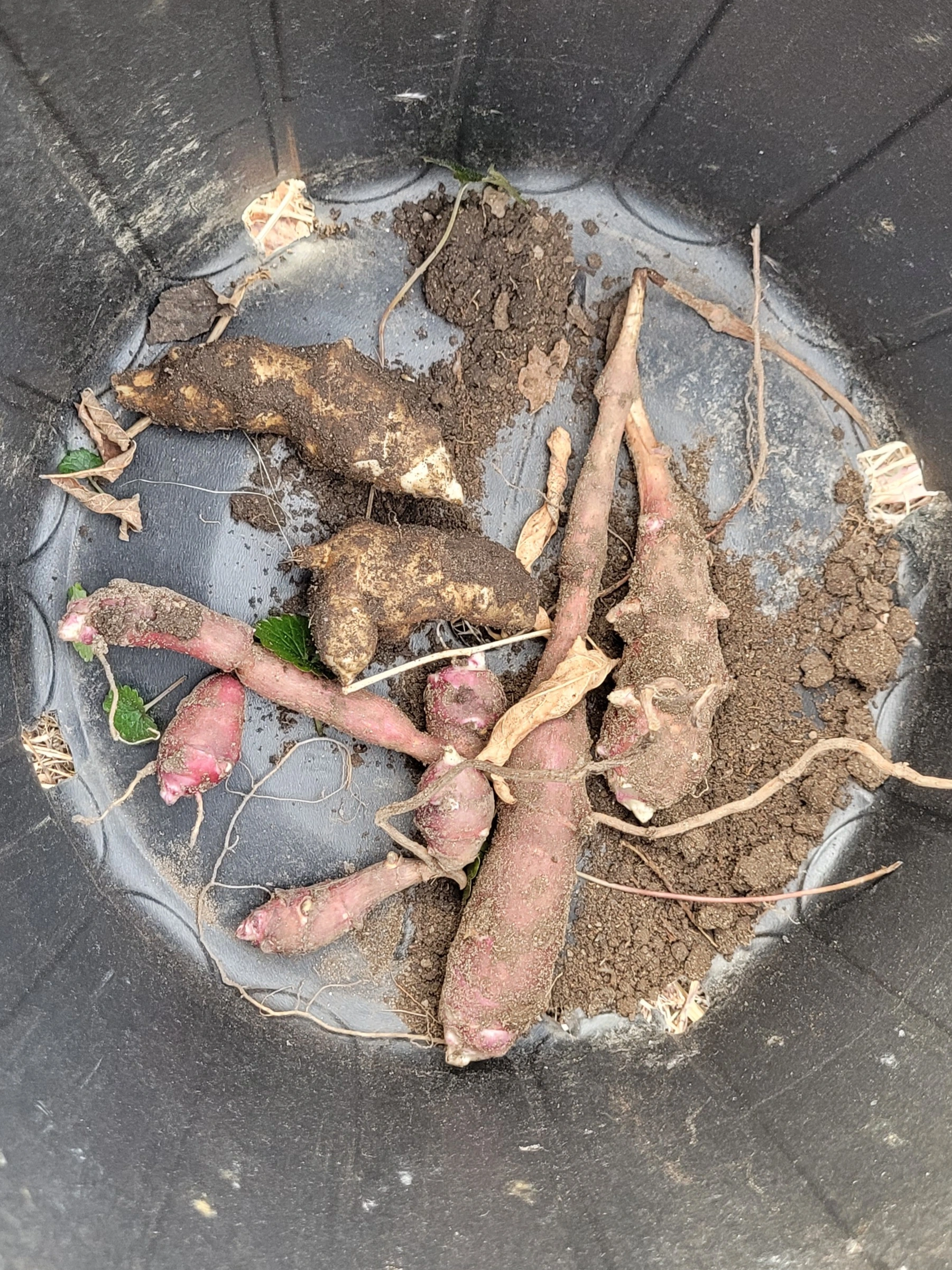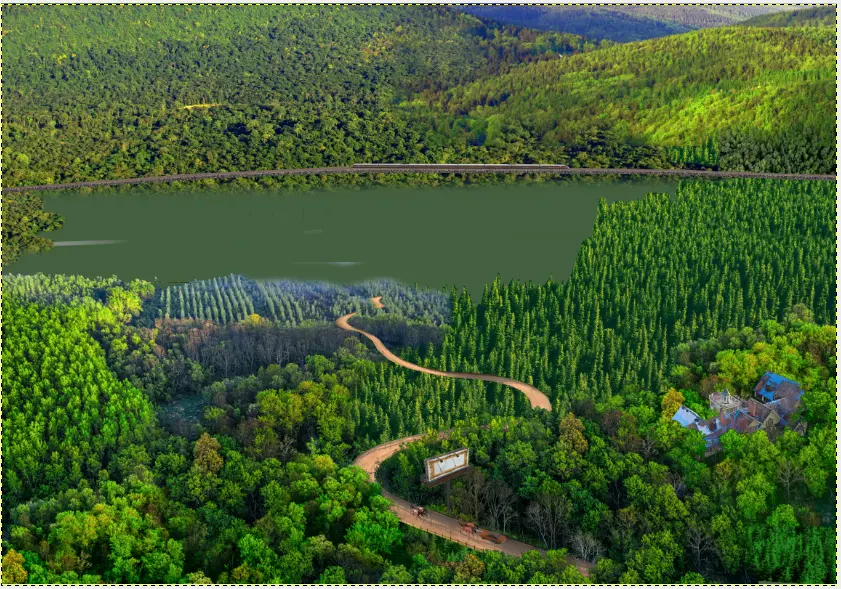Glyphosate has proved divisive since the World Health Organization’s cancer research agency concluded in 2015 that it was probably carcinogenic to humans. Other agencies around the world, including the U.S. Environmental Protection Agency (EPA) and EU agencies, have classified it as non-carcinogenic.
The European Commission said on Thursday it would renew glyphosate’s approval based on European Food Agency and European Chemicals Agency safety assessments and subject to new conditions and restrictions, such as maximum application rates.
Unfortunately, this article forgot to mention that some national agencies of countries have opposite conclusions such the french agency "Inserm"...
Glyphosate: Europe divided by the world's most widely used pesticide, Published on 12/10/2023
The risks
Environmental groups have called EFSA's assessment "shocking".
"In our view, EFSA has downplayed the existing evidence from animal and epidemiological studies on the effects of glyphosate, which can cause DNA damage in certain organisms," says Gergely Simon. "This indicates that glyphosate can cause cancer. We therefore believe that, in line with international guidelines from the US EPA, glyphosate should be classified as carcinogenic, which has already been done by the International Agency for Research on Cancer (IARC) and also by France's National Institute of Health and Medical Research (Inserm). They have all concluded that, based on the available evidence, there is a probable link between exposure to glyphosate and the development of cancer".
EFSA, for its part, responded that "data gaps are mentioned" in their report, "either as questions that could not be completely answered or as open questions."
The three questions that could not be finalised relate to the assessment of one of the impurities present in glyphosate, the dietary risk assessment for consumers and the risk assessment for aquatic plants. "Overall, the information available does not allow definitive conclusions to be drawn regarding this aspect of the risk assessment," EFSA told Euronews.
Gergely Simon stresses that the risks should not be underestimated under any circumstances. "Numerous studies show that exposure to glyphosate can be linked to both autism in children and Parkinson's disease. We therefore believe that the fact that EFSA has stated that there is no standardised protocol for drawing conclusions on the neurotoxicity of glyphosate should be a critical area of concern, which would mean that glyphosate could not be authorised as it currently is," he emphasises
"In addition, there is a large body of alarming evidence about the destructive effects of glyphosate on the microbiome, as glyphosate is both a herbicide and an antibiotic. It is primarily used, for example, to alter the soil microbiome, but also the human gut microbiome. We know that there are many health risks associated with the destruction of the microbiome. Finally, EFSA has confirmed that glyphosate has the potential to cause endocrine disruption at doses considered safe in the European Union", adds the PAN Europe representative.
"There are no internationally recognised guidelines for assessing the risks associated with the microbiome in the field of pesticides. Further research is needed".
Glyphosate EU, the group of companies in favour of renewing the authorisation of glyphosate in Europe, says: "All allegations have been raised on several occasions and have been dealt with by the regulatory authorities, in Europe and throughout the world. This is yet another attempt by non-governmental organisations to discredit the most comprehensive scientific dossier presented in the application for renewal of EU approval for glyphosate, and to undermine confidence in the regulatory authorities in order to prevent the renewal of approval for glyphosate in the EU".
Opposing countries
Germany has argued in favour of abandoning glyphosate in the European Union. In September 2023, at the end of a meeting between representatives of the 27 member states to discuss the European Commission's proposal, the German agriculture minister warned of the threats to biodiversity and stressed the need for a coordinated phase-out of glyphosate at European level, while warning of uneven levels of protection within the EU.
In 2021, the German government announced its decision to withdraw glyphosate from the market by the end of 2023. The country is therefore expected to vote against renewing the authorisation of this herbicide within the EU at the vote scheduled for 13 October.
France, for its part, had also tried to adopt restrictive measures with regard to glyphosate. In 2017, French President Emmanuel Macron announced his commitment to completely ban glyphosate in France before 2021.
This time the French's government (kind of the same that the one in 2017) was in favour of glyphosate's use. However since our national agency has published studies that are not in favour of its use, our government chose to not participate in the vote in order to avoid having to justify a decision against our national agency and in the same time avoiding to go against the authorisation's renewal.

